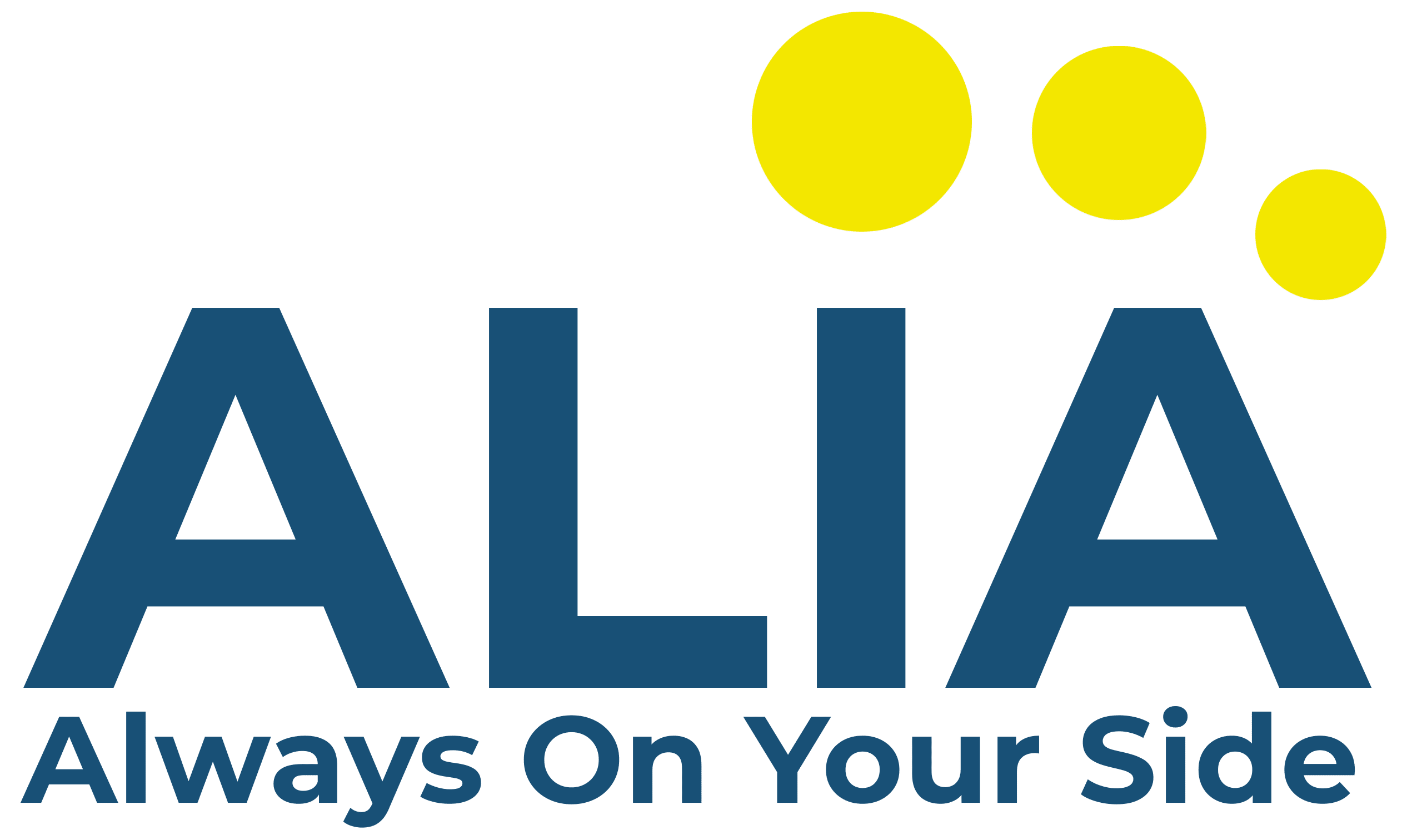
Selling insurance is about more than learning the ins and outs of various insurance policies. You also need to know how to anticipate each client’s needs and recommend products that can improve their lives. That’s why it’s important to understand the retirement savings options available to people in your target market.
CalSavers is a relatively new program that makes it easier for employees in California to save for retirement. Although the plan makes retirement benefits available to more people, it also has some drawbacks. Review these CalSavers pros and cons before making any recommendations to clients living or working in California.
WHAT IS CALSAVERS?
CalSavers is a savings program introduced to address the problem of retirement insecurity, or the inability of older adults to maintain their standard of living once they retire. When Social Security was established, many workers had robust pension plans, allowing them to retire comfortably. The introduction of defined-benefit plans in the late 1970s gave employees additional opportunities to save. Unfortunately, about half of all American households are at risk for retirement insecurity. Many employees no longer have access to pensions, and the ones who do often worry that their pension funds will run out of money.
Employers are now required to help Californians prepare for retirement. The California legislature passed a law to create a state-funded retirement plan for employees in the private sector. Although the legislation passed in 2012, the program didn’t launch until July 1, 2019. Now that the law is in effect, employers that don’t offer retirement benefits must enroll employees in CalSavers or start participating in another qualified plan, ensuring workers can save for retirement.
All California employers with five or more employees must participate in CalSavers or begin sponsoring a private retirement plan. This requires part-time employees, making retirement benefits available to Californians traditionally excluded from employer-sponsored programs.
Eligibility of CalSavers
When considering CalSavers as an option for retirement savings, one must evaluate its eligibility criteria and understand its pros and cons.
CalSavers eligibility requirements include:
- Employees must be 18 years old or older
- Employees must have a valid Social Security number or Tax Identification Number
- Employers must have five or more employees in California
- Employees must not be participating in another retirement plan through their employer (such as a 401(k))
Payroll Deductions
Payroll deductions are a key component of CalSavers, California’s new retirement savings program for private-sector employers. The payroll deduction system allows employees to contribute money from their paycheck directly into a tax-advantaged retirement account that the employer will then match. This is an inviting feature for those who may not have a retirement plan in place or who don’t have enough funds to save on their own.
Penalties
As with any government-backed program, there are both pros and cons associated with it. One of the biggest potential drawbacks of Calsavers is the potential penalties that can be incurred if businesses do not comply with the provisions outlined in the program.
Employers must also be aware of their compliance deadlines and the required contributions for each employee. Failure to comply with these requirements could lead to substantial financial penalties from the government, including employer fees and even criminal prosecution.
Additionally, employers should be aware that CalSavers requires employees to pay taxes on their retirement savings when they withdraw them in retirement. This can reduce the amount they actually receive from their retirement savings.
CALSAVERS VS 401K ACCOUNTS
Although CalSavers allows participants to save for retirement, it doesn’t offer the same benefits as a traditional 401k. For example, 401k plans typically give participants access to a wide range of investment options, allowing employees to invest based on their financial goals and level of risk tolerance. In contrast, CalSavers offers just five investment options.
Additionally, CalSavers doesn’t offer the tax benefits of a 401k. When employees participate in a 401k plan, their contributions are taken from their pre-tax wages. These pre-tax deductions reduce the total amount of taxable income, lowering the amount of income tax due. CalSavers contributions are taken after taxes have already been deducted, so there’s no reduction in taxable income.
BENEFITS OF CALSAVERS
CalSavers has several benefits for employers. One of the most significant is that it reduces the administrative burden associated with offering a retirement plan. Employers are responsible for enrolling employees, tracking payroll contributions, submitting contributions to CalSavers, and making manual adjustments when employees want to increase or decrease their contribution amounts. They’re not expected to promote the program or convince employees to sign up; in fact, CalSavers requires employers to remain neutral when communicating about the plan. CalSavers also provides email templates and other resources to reduce the amount of time spent on plan administration.
Another significant benefit is that employers aren’t permitted to match employee contributions to CalSavers. At first glance, this doesn’t sound like a benefit, but it’s a good thing for small companies with limited resources. CalSavers allows these smaller firms to offer retirement benefits without taking on the financial burden of making matching contributions.
An employer that offers a 401k plan has a fiduciary duty to employees. This means that the employer must act in the sole interest of plan participants. If an employer is unable or unwilling to act as a fiduciary, the responsibility doesn’t just go away. Instead, the company must hire someone to minimize plan expenses, keep up with record-keeping requirements and perform the other functions of a fiduciary.
DISADVANTAGES OF CALSAVERS
No list of CalSavers pros and cons would be complete without an overview of the disadvantages of this retirement plan. On the employee side, the main disadvantage is that CalSavers doesn’t offer the same tax benefits as many other retirement plans. Limited investment options can also make it difficult for employees to reach their financial goals, especially if they don’t have other retirement accounts at their disposal.
From an employer’s perspective, the major disadvantage of CalSavers is that it’s not as attractive to employees as a 401k or other type of retirement plan. In a competitive marketplace, offering excellent retirement benefits is a way for employers to attract and retain qualified employees. CalSavers has low contribution limits, fairly high administrative expenses and no option for employers to contribute, which may prompt talented workers to seek employment with firms that offer better options.
CALSAVERS PROS AND CONS: THE BOTTOM LINE
CalSavers is ideal for small firms that don’t have the resources to start a different type of retirement plan. Because employers aren’t permitted to contribute, enrolling employees in CalSavers allows small businesses to offer retirement benefits without a significant increase in their costs.
However, CalSavers would offer fewer benefits for larger businesses than other investment vehicles, which may make it difficult to attract top talent. When comparing CalSavers vs 401k plans, the 401k is the clear winner for incentivizing employees to save for their retirement and helping employers set themselves apart from competitors. Schedule a meeting with Jill to learn more about Calsavers.
